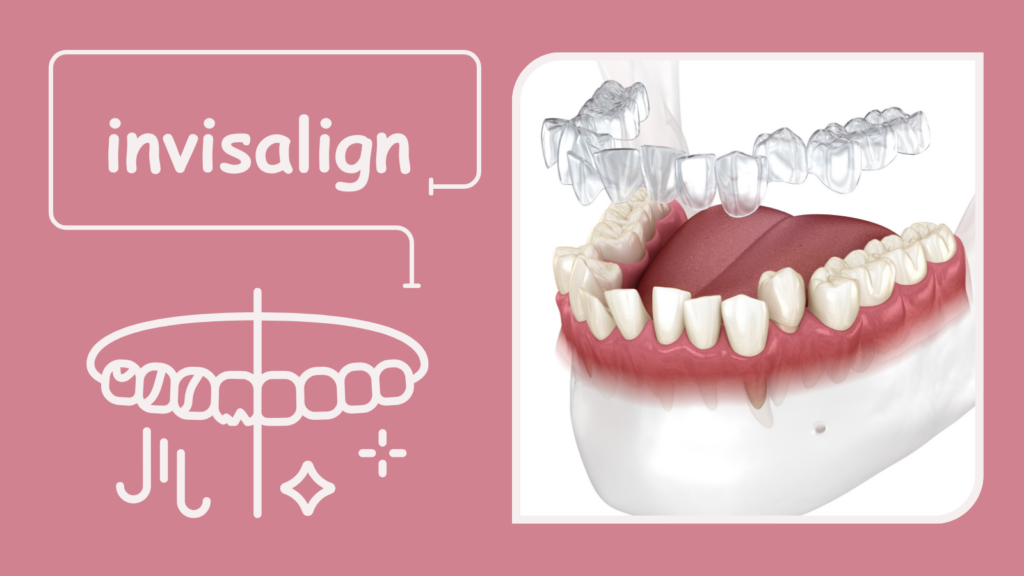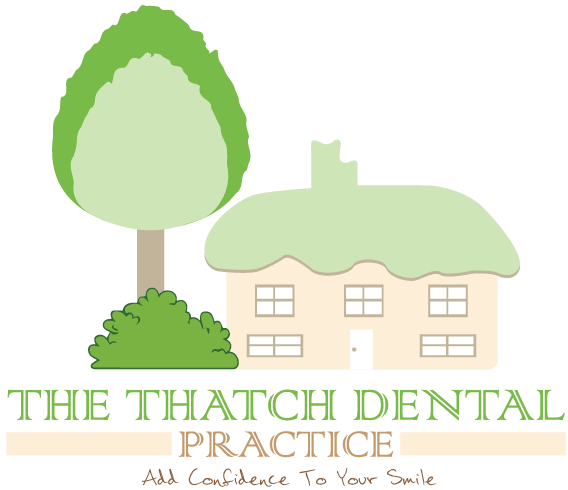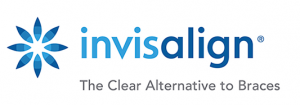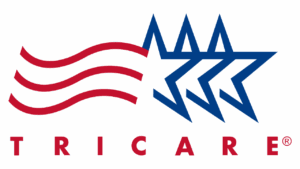
Problem: Struggling with Crooked or Misaligned Teeth?
Having crooked teeth is not just a cosmetic concern. It can affect your oral health, lower your self-esteem, and even disrupt your ability to chew and speak properly. While conventional metal braces can effectively straighten teeth, they come with several downsides, including discomfort, visible brackets, dietary restrictions, and the necessity for frequent adjustments.
If you’ve been reluctant to pursue orthodontic treatment because of these challenges, you’re certainly not alone. Numerous adults and teenagers steer clear of braces due to their conspicuous nature and the inconvenience they bring to everyday life. But what if there was an alternative that provided both effectiveness and discretion?
The Consequences of Unresolved Misalignment
Living with crooked teeth can significantly affect your everyday existence. Here are some implications:
- Dental Health Issues: Misaligned teeth create spaces that are difficult to clean, which can lead to plaque accumulation, cavities, and gum disease.
- Jaw Discomfort and Speech Challenges: Misalignment may put strain on your jaw, resulting in pain and even difficulties with speech.
- Self-Image Concerns: Feeling embarrassed about your smile can hinder your ability to engage socially and professionally.
While traditional braces may address these concerns, their visibility and maintenance can deter many individuals from committing, leading to further delays and worsening oral health issues over time. Enter Invisalign.
1. Discreet Appearance
Discreet DesignOne of the primary benefits of Invisalign is its nearly invisible appearance. In contrast to traditional braces that feature metal wires, these clear aligners are made from translucent plastic, making them hard to notice. Whether you’re at work, participating in social events, or posing for photos, Invisalign allows you to smile with confidence throughout the process.
Case Study:Sarah, a 29-year-old professional, shared her journey with Invisalign in a dental magazine. She felt uneasy about standard braces but chose Invisalign due to its discreet look. Within just 18 months, her teeth were perfectly aligned, and she received praise for her enhanced smile during the treatment.
2. Enhanced Comfort
Invisalign aligners are custom-made from smooth plastic, eliminating the discomfort caused by brackets and wires in traditional braces. While you may feel slight pressure as your teeth shift, it’s far less painful compared to traditional orthodontic methods.
Why it Matters:
Traditional braces can cause cuts and sores due to their metal components. With Invisalign, the risk of irritation is significantly reduced, making the process more comfortable for day-to-day wear.
3. Removability for Convenience
Unlike braces, Invisalign aligners are removable. This feature provides several key advantages:
- Eating Without Restrictions: No need to avoid sticky, hard, or chewy foods. Simply remove the aligners while eating and enjoy your meals.
- Simplified Oral Hygiene: You can brush and floss as usual without navigating around brackets and wires.
- Flexibility for Special Occasions: Have a wedding or job interview? You can temporarily remove the aligners without compromising your treatment.
Case Study:
Mark, a college student, appreciated Invisalign’s removability during his treatment. As an athlete, he could remove the aligners during games and practices, ensuring safety and convenience.
4. Effective Treatment for Various Cases
Invisalign isn’t just for minor corrections. It’s effective for addressing a range of orthodontic issues, including:
- Overbites
- Underbites
- Crossbites
- Gaps
- Crowded teeth
With advancements in Invisalign technology, even complex cases can now be treated successfully. However, it’s essential to consult with a dentist or orthodontist to determine if you’re a suitable candidate.
Supporting Data:
According to a 2023 study published in the American Journal of Orthodontics, Invisalign successfully treated 87% of patients with mild to moderate malocclusions within an average of 12-18 months.
5. Fewer Dental Visits
Traditional braces require frequent visits to the orthodontist for adjustments, which can be time-consuming. Invisalign, on the other hand, typically requires check-ups every 6-8 weeks, making it a more convenient option for busy schedules.
How It Works:
During each visit, your dentist provides a new set of aligners tailored to your progress. These aligners gradually shift your teeth, reducing the need for manual adjustments.
6. Predictable Results with Advanced Technology
Invisalign uses advanced 3D imaging technology to create a digital roadmap of your treatment plan. You can see a virtual representation of your teeth’s progression, giving you a clear idea of the expected results.
Real-World Example:
Jessica, a 40-year-old mother of two, appreciated the predictability of Invisalign. Using the 3D simulation, she could visualize her smile transformation before starting the treatment, which motivated her to stick to the plan.
7. Improved Oral Health During Treatment
Since Invisalign aligners are removable, you can maintain optimal oral hygiene throughout the treatment process. This reduces the risk of cavities and gum problems that often occur with traditional braces.
Case Study:
A 2022 survey of orthodontic patients revealed that 72% of Invisalign users experienced no significant changes in their oral health habits, while 60% of braces users reported difficulties with brushing and flossing.
8. Boosted Confidence
Invisalign allows you to smile confidently from start to finish. You don’t have to worry about visible wires or brackets detracting from your appearance, making it easier to stay positive and self-assured during the treatment.
Why It Matters:
Confidence impacts everything—from job interviews to personal relationships. Invisalign helps you feel good about your smile, even before the treatment is complete.
9. Customizable for Teens
For younger patients, Invisalign offers a teen-specific version with additional features like compliance indicators (blue wear dots) and options for replacement aligners. This ensures effective treatment while accommodating the unique needs of adolescents.
Supporting Data:
According to Invisalign’s 2023 clinical data, compliance indicators improved treatment adherence by 85% in teens compared to those without this feature.
10. Long-Term Value
While Invisalign may have a higher upfront cost compared to traditional braces, its benefits and convenience often outweigh the price. The investment pays off in terms of comfort, confidence, and the long-lasting results of a healthy, straight smile.
Pro Tip:
Many dental practices offer payment plans and insurance options, making Invisalign more accessible for patients on a budget.
Conclusion: Is Invisalign Suitable for You?
Invisalign represents a groundbreaking orthodontic option for those looking for an efficient, subtle, and comfortable method to align their teeth. The advantages extend past just appearance, enhancing dental health, boosting self-esteem, and elevating overall life satisfaction.
If you’re prepared to embark on the journey to a straighter smile, book a consultation with your dental care provider or orthodontist. They can evaluate your situation and assist you throughout the Invisalign journey, helping you attain the smile you’ve always dreamed of.








